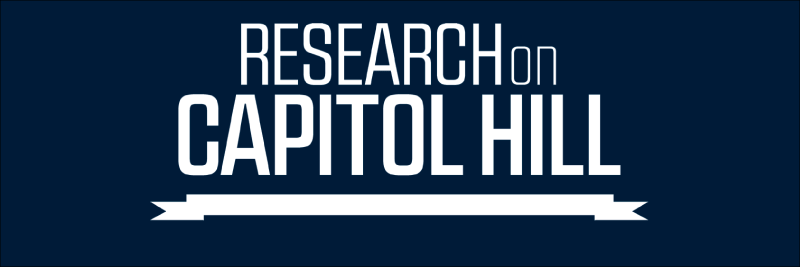Expected Graduation Year
2016
College
College of Agriculture and Applied Sciences
Department
Landscape Architecture and Environmental Planning Department
Faculty Mentor
Bo Yang
Abstract
The primary impact of urbanization to water resources is the increase in impervious surfaces from buildings, parking lots, and transportation corridors. This hardening of an urban watershed can dramatically increase runoff, creating more extreme and more frequent flood events, as well as reducing recharge to groundwater and summer base flows. Urbanization also results in an increase in the types and severity of pollutants. Associated with modified flows is an increase in concentrations and total loads of pollutants, and a decrease in the watershed’s natural ability to assimilate these pollutants.
Percent ISA (impervious surface area) in small urban watersheds has been suggested as a predictor of cumulative impacts to water quality resulting from urbanization (Chester and Gibbons, 1996). Cumulative ISA greater than 10% appears to put water resources at risk (Mesner, et al, 2015; Arentsen et al, 2004, Brabec et al, 2002), while watersheds with greater than 25% ISA often have impacted water bodies. Best management practices (BMPs) can mitigate against these impacts. BMPs include landscape features such as grassy swales, retention and detention basins. These are designed to collect and increase infiltration of runoff from parking lots, new subdivisions and other areas of concentrated ISA (Jia et al, 2012).
This research specifically explores how green roofs provide a similar benefit. Precipitation soaks into specially designed vegetated areas on roofs, slowing down and reducing runoff. Green roofs provide the added benefit of reducing temperatures on roof tops, thus mitigating the “heat island” effect seen with many urban areas.
The project also includes research on storm water management at USU Logan's main campus through a green infrastructure master plan and educational outreach implementation.
First Co-Presenter's Department
Landscape Architecture and Environmental Planning Department
Document Type
Article
Publication Date
2017
Recommended Citation
Drew, McKenna and Utah State University, "Green Infrastructure as a Campus Storm Water Management Technique" (2017). Research on Capitol Hill. Paper 71.
https://digitalcommons.usu.edu/roch/71


